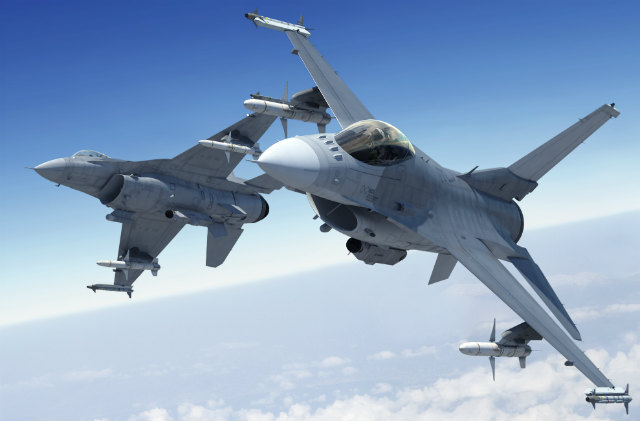The US Navy has sought more F/A-18 Super Hornets by funding two aircraft in fiscal 2017 to replace combat losses and another 14 in 2018 to maintain capacity as older Hornet units wear out.
Concerned about a shortfall in structurally-sound strike fighters, the navy has accelerated its procurement of F-35s by funding 64 carrier-based models, eight more than planned, and keeping the Super Hornet factory in St Louis, Missouri in production amid lacklustre foreign sales.
Boeing is counting on the navy to keep production of its Super Hornet variants, including the EA-18G Growler electronic attack jet, active as it attempts to muster 24 orders per year to keep the line viable.

Boeing EA-18G
US Navy
The navy has budgeted $185 million in its wartime budget for the jets in 2017 and includes $1.3 billion in its 2018 projects for the 14 extra F/A-18s.
“I think it’s a good decision,” says aerospace and defence analyst Wayne Plucker of Frost & Sullivan. “It gives them a good strike capability ahead of whatever the F-35C ends up being for them. It’s predictable and cost-effective, so in all likelihood, it’s probably a good decision.”
Contrariwise, the US Air Force did not lend a helping hand to the Boeing F-15E Strike Eagle and Lockheed F-16 production lines by buying more aircraft, which prevents the line from going the way of the dodo bird and becoming extinct.
The air force does begin retrofitting its F-16s with new active electronically scanned array radars but does not fund full-up procurement of the latest V-model model by Lockheed.

Lockheed Martin F-16V
Lockheed Martin
Plucker believes the F-16 and F-15 remain viable combat platforms when support by packages of fifth-generation F-22 Raptors and F-35 Lightning IIs, possibly compensating for F-35 delays.
Recently retired air force vice chief of staff Gen Larry Spencer contends, though, that there’s no point procuring old fighter models if new designs being fielded by Russia and China are more capable. “You’ve got to look at what they’re going to fight against,” he says. “Part of the question is about the new generation of surface-to-air missiles, and other detection abilities, and where a fourth-generation aircraft are more susceptible.”
Source: FlightGlobal.com























